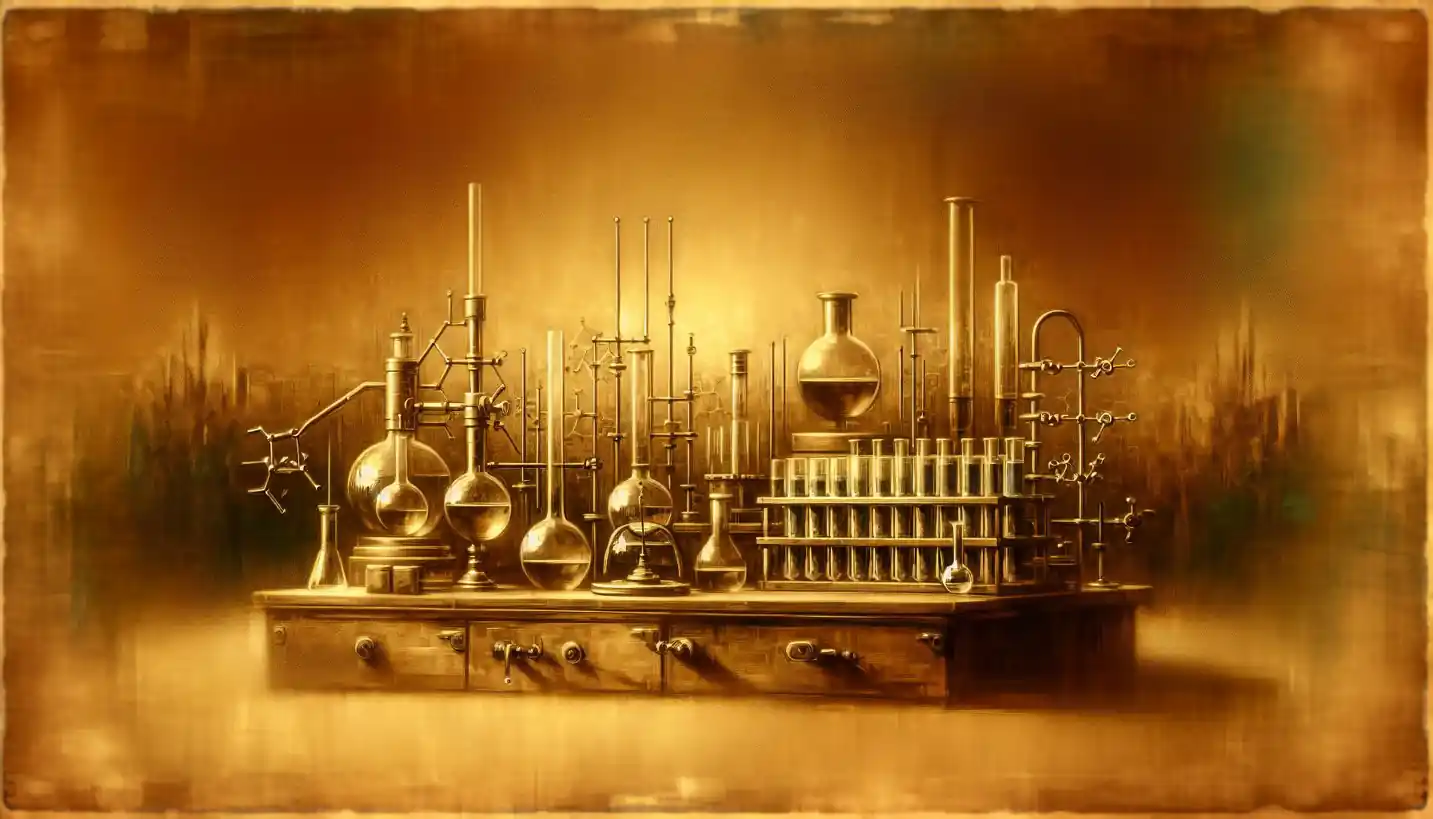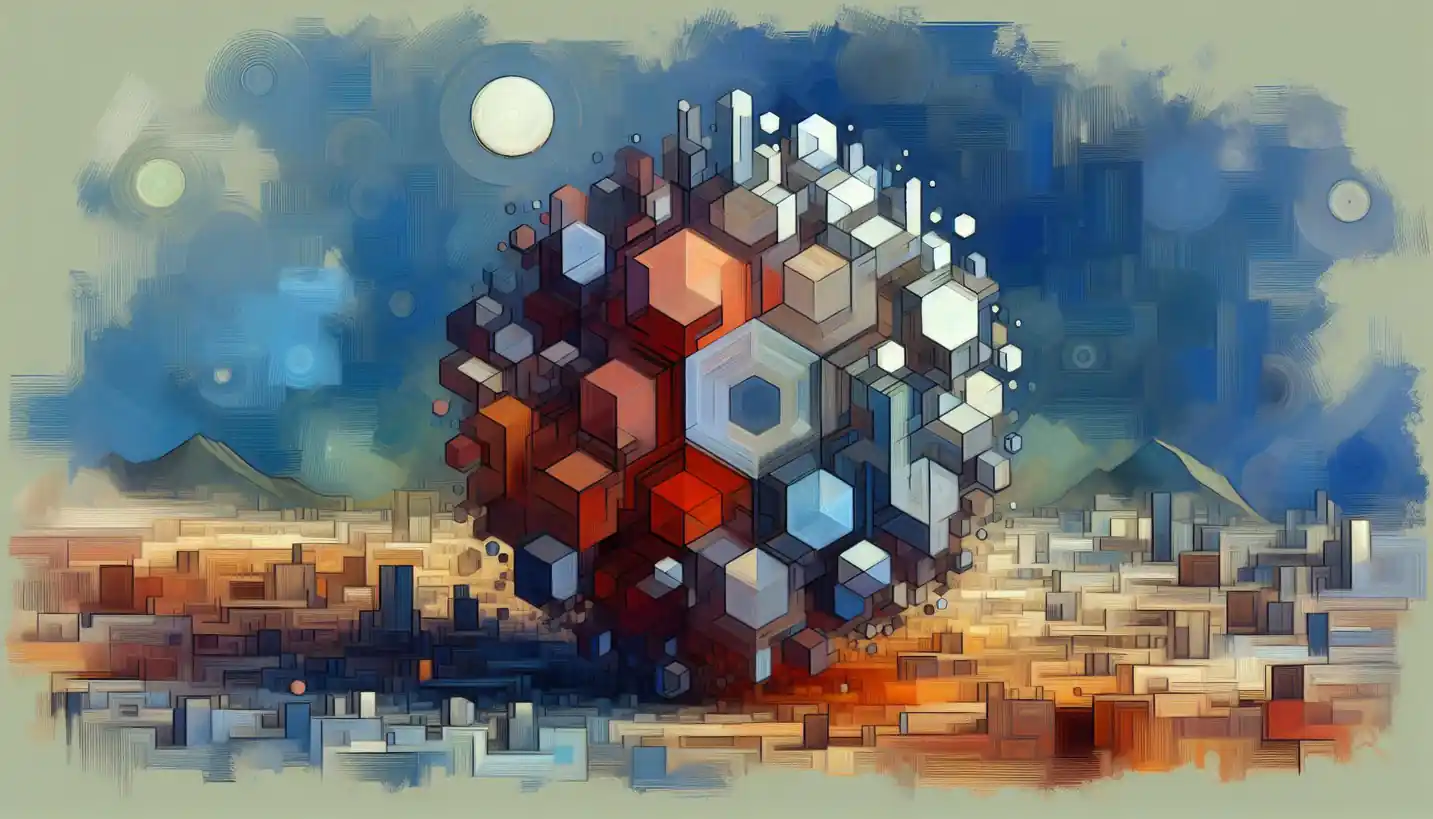· Chemistry · 4 min read
Van der Waals Interactions: Understanding Their Role in Computational Chemistry
Delve into the van der Waals interactions, which play a crucial role in computational chemistry, affecting molecular attraction and repulsion forces.

Chemistry is full of fascinating forces that hold everything together. One such invisible but essential force is the van der Waals interaction. This might sound like a complicated concept, but it’s a fundamental piece of the puzzle that explains how molecules behave and interact. Let’s dive into the world of computational chemistry to see why van der Waals interactions matter so much.
What Are Van der Waals Interactions?
Think about a gentle handshake between molecules. Van der Waals interactions are like these light, fleeting handshakes. They’re weak forces that play a significant role when molecules get close to one another. These interactions are named after Johannes Diderik van der Waals, a Dutch scientist who first described them in the late 19th century.
Types of Van der Waals Forces
There are three main types of van der Waals interactions: London dispersion forces, dipole-dipole interactions, and dipole-induced dipole interactions.
London Dispersion Forces: Imagine a bustling crowd; sometimes, they lean one way or another without any specific order. Electrons in atoms behave a bit like this crowd. They are constantly moving, creating temporary charge imbalances. These momentary charges can attract nearby atoms.
Dipole-Dipole Interactions: Some molecules are like tiny magnets because they have permanent positive and negative ends. When these magnets get close, they align so that opposite charges attract.
Dipole-Induced Dipole Interactions: These occur when a molecule with a permanent dipole nears a nonpolar molecule, inducing a temporary dipole in it, much like how a soft breeze might cause a still wind chime to tinkle.
Importance in Computational Chemistry
In the microscopic world of molecules, these van der Waals forces might seem minor, but they add up to become crucial in understanding molecular behavior. Computational chemistry uses mathematical methods and simulations to analyze these interactions, predicting how molecules will behave in various environments.
Molecular Dynamics and Simulations
Computational chemists use simulations to study the dance of molecules. These simulations are like virtual microscopes, allowing scientists to observe how molecules interact over time. Van der Waals forces are key players in these simulations. They help in predicting the structures and properties of complex molecular systems like proteins, which are essential for drug design.
Structural Biology and Drug Design
Proteins, the workhorses of cells, rely heavily on van der Waals interactions to maintain their shape and function. By understanding these interactions, scientists can predict how proteins fold or how drugs can bind to specific protein sites. Imagine designing a key that fits perfectly into a lock—van der Waals interactions help create that perfect fit in drug design.
Everyday Examples
To see how van der Waals interactions affect our world, look no further than geckos. These tiny lizards can climb walls and ceilings thanks to the van der Waals forces between tiny hairs on their feet and surfaces. This impressive grip offers inspiration for creating new adhesive materials.
Challenges in Understanding Van der Waals Forces
Despite their importance, van der Waals interactions can be tricky to pin down because they involve complex electron movements and multiple factors influencing them. Computational models must be incredibly precise to reflect the real world accurately. This requires substantial computational power and detailed algorithms.
Future Directions and Research
The future of studying van der Waals interactions in computational chemistry is bright and buzzing with possibilities. Scientists are working on more accurate models and simulations to understand these forces better and to use them to innovate in materials science, medicine, and beyond.
Imagine creating synthetic materials that mimic the adhesive powers of a gecko or crafting drugs that can precisely target and treat diseases. The potential applications of mastering van der Waals interactions are limitless.
Why Van der Waals Interactions Matter
In the grand tapestry of chemistry, every interaction counts, and van der Waals forces are the threads holding it together. They’re involved in everything from the formation of liquids and solids to the folding of proteins essential for life.
Understanding van der Waals interactions is not just an academic exercise; it’s a doorway to vast applications in technology, biology, and medicine. These interactions remind us that even the weakest forces can shape the world in profound ways.
So next time you wonder about the forces that hold the microscopic world together, remember the gentle but mighty van der Waals interactions. They are a testament to the intricate beauty of chemistry, shaping everything from the smallest atom to the vast complexities of life.


